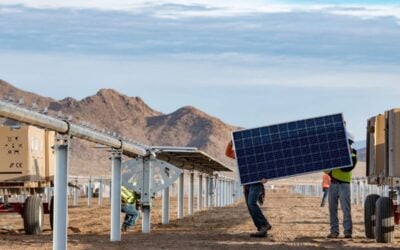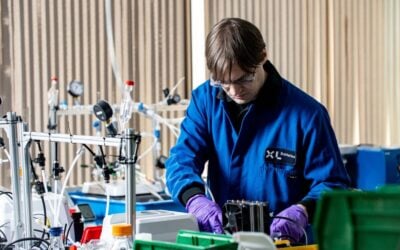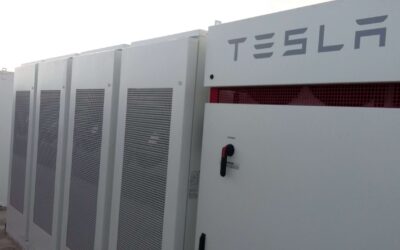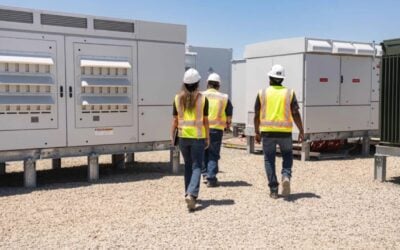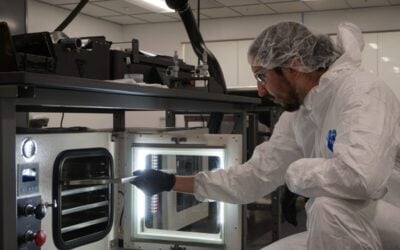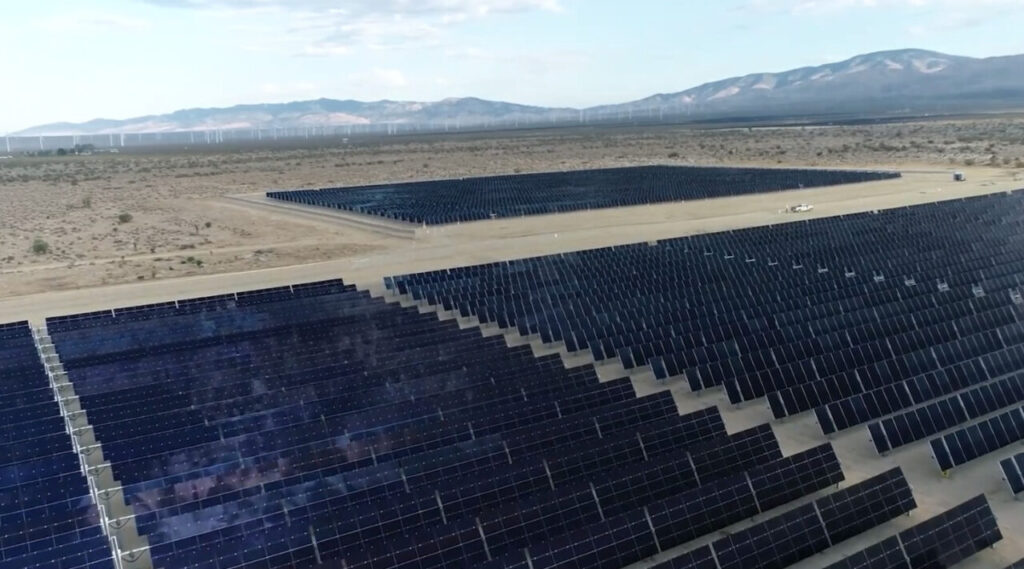
Developer and IPP Leeward Renewable Energy and California utility PG&E have agreed a long-term resource adequacy (RA) agreement for a large-scale, PV co-located BESS in Arizona.
The 15-year agreement covers the energy from the Sierra Pinta battery energy storage system (BESS) project in Yuma County, Arizona, a 112.5MW/450MWh project set to start construction in September for commercial operation in H1 2025.
Enjoy 12 months of exclusive analysis
- Regular insight and analysis of the industry’s biggest developments
- In-depth interviews with the industry’s leading figures
- Annual digital subscription to the PV Tech Power journal
- Discounts on Solar Media’s portfolio of events, in-person and virtual
Although the project is in Arizona, PG&E primarily serves customers in neighbouring California and so the BESS will benefit both states’ electricity networks. California’s wholesale energy market is administered by CAISO but the state is part of the Western Interconnection, a wide synchronous grid area covering some or all of 14 states.
The Sierra Pinta BESS is adjacent to Leeward’s 179MW White Wing Ranch Solar project which is already under construction. That solar PV project has its own separate power purchase agreement (PPA) with telecoms giant Verizon, as covered by our colleagues at PV Tech.
A resource adequacy (RA) agreement involves a resource committing to bid or self-schedule its capacity into the CAISO market, and is CAISO’s means of ensuring there is enough capacity to meet demand, with a reserve margin, without using centralised capacity market (CM) auctions.
California has long been the leader in the US BESS market with high solar PV deployments and electricity demand, and plentiful land to build projects on meaning it has over 10GW online today (and growing).
But Arizona is quickly becoming a hotbed of grid-scale BESS activity, with long-term PPAs, tolling agreements and RA deals driving the construction of large-scale projects. In May, Plus Power secured tax equity for a 360MWh project while in March Longroad Energy started building an 855MWh system. The same month, a 1GWh project came online, claimed to be the state’s largest.

